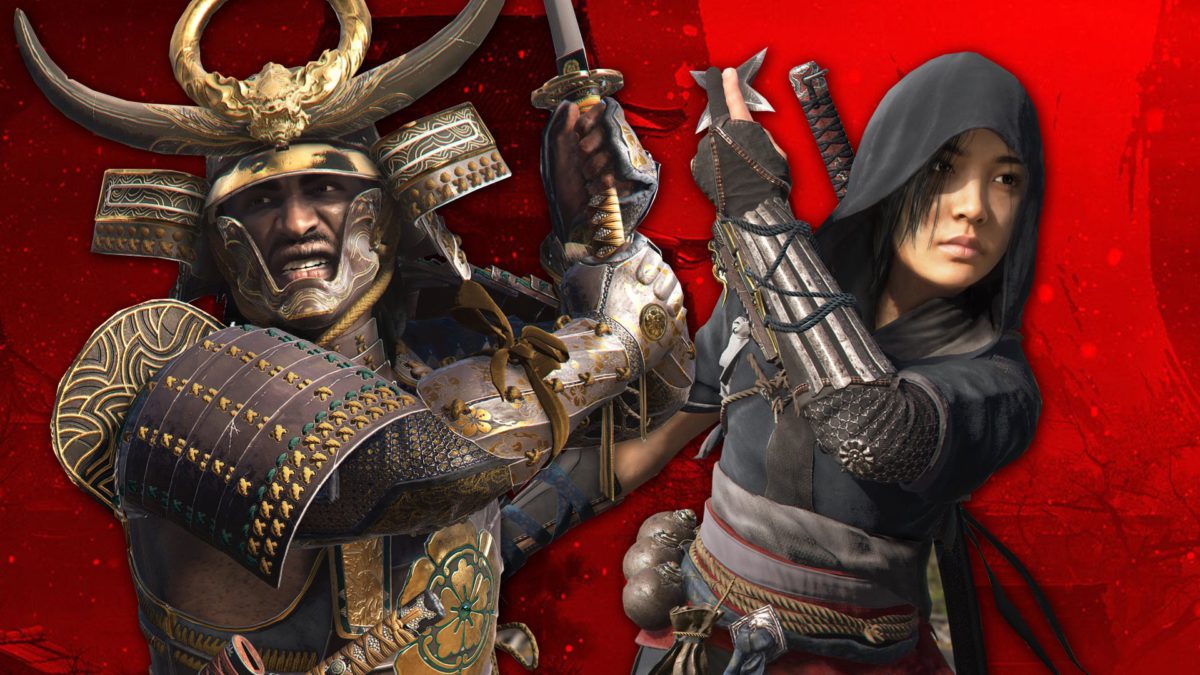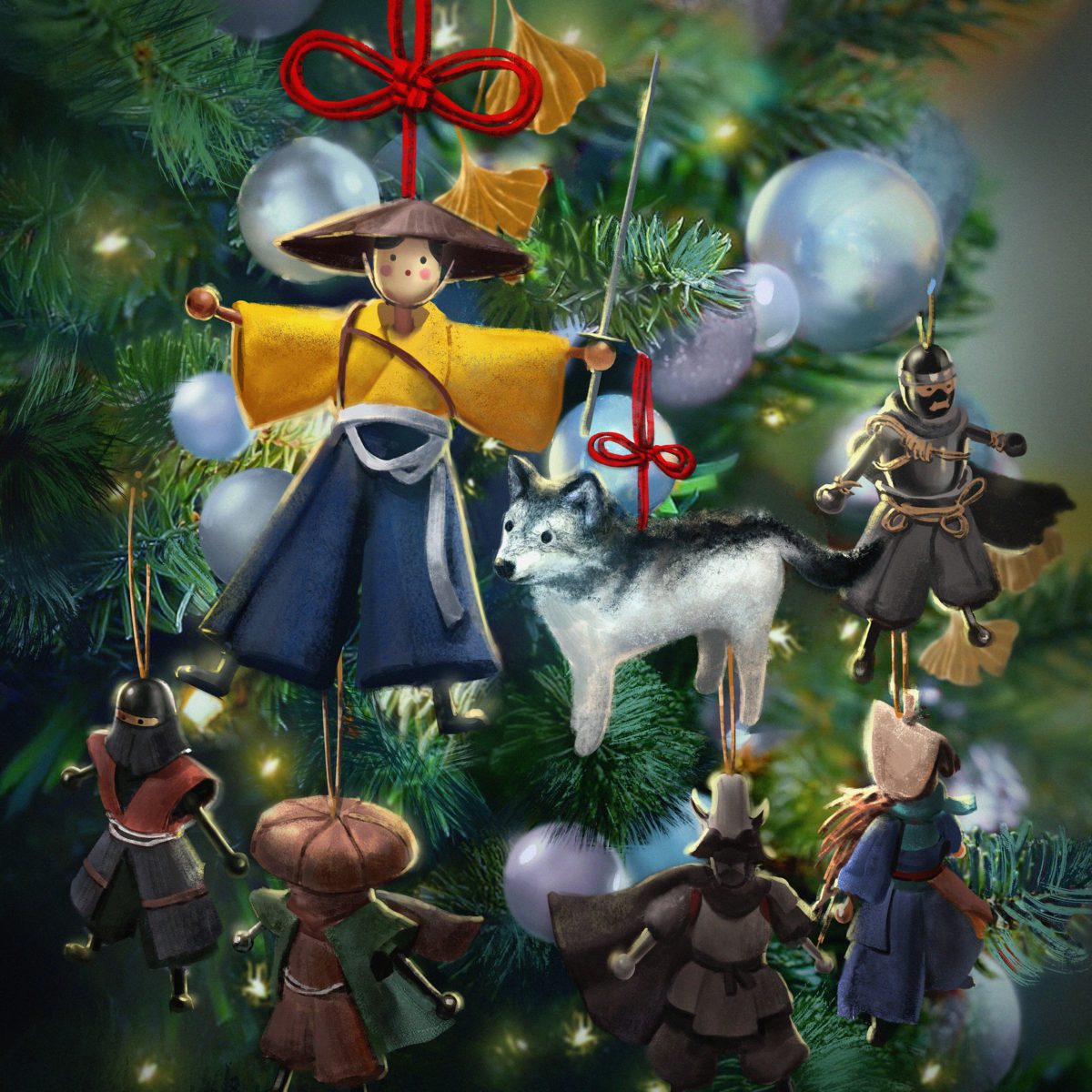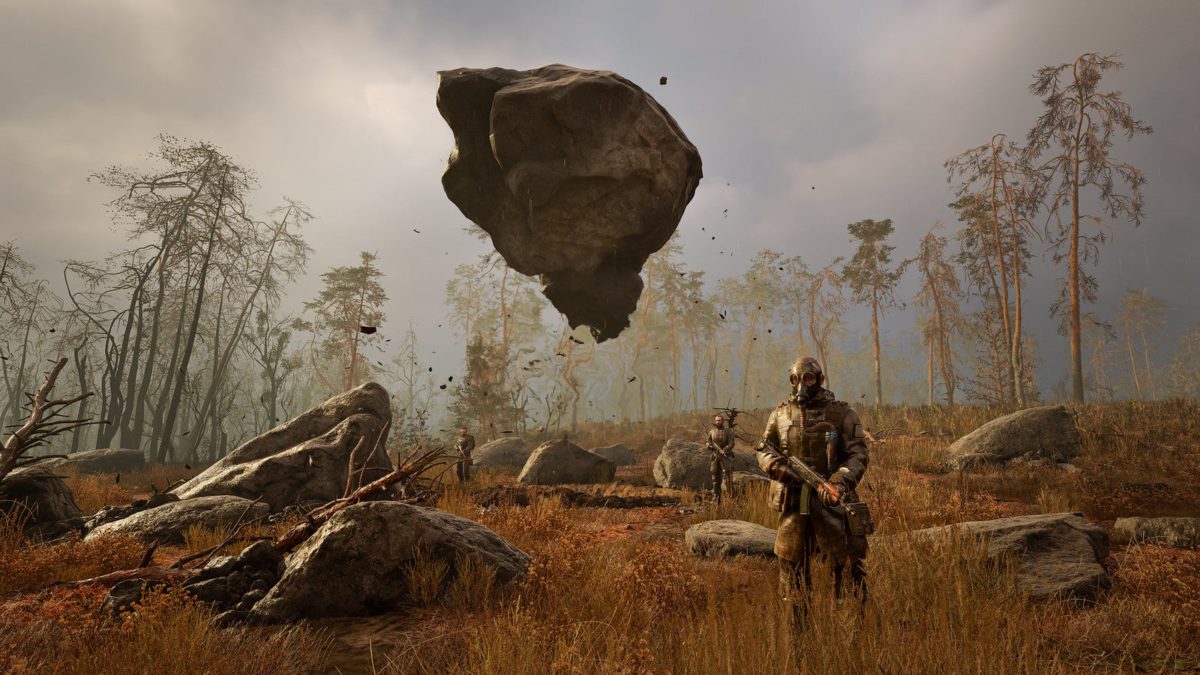It can’t quite make the top, though.
Metacritic’s annual round-up of the worst reviewed games of the year is upon us. And, by and large, there have been a lot of good video games in 2025. But there will always be a few that hit the bottom. And, well, if you’ve been keeping up with gaming news this year, number one shouldn’t surprise you.
As a reminder, the aggregate site determines the list based on games released between 1st January and 31st December 2025 and with at least four critic reviews. Obviously some games will have more than others on this list, so make of that what you will. And in multiplatform releases, only the lowest-scoring platform will appear here.
Read the full article on nintendolife.com

















































































































